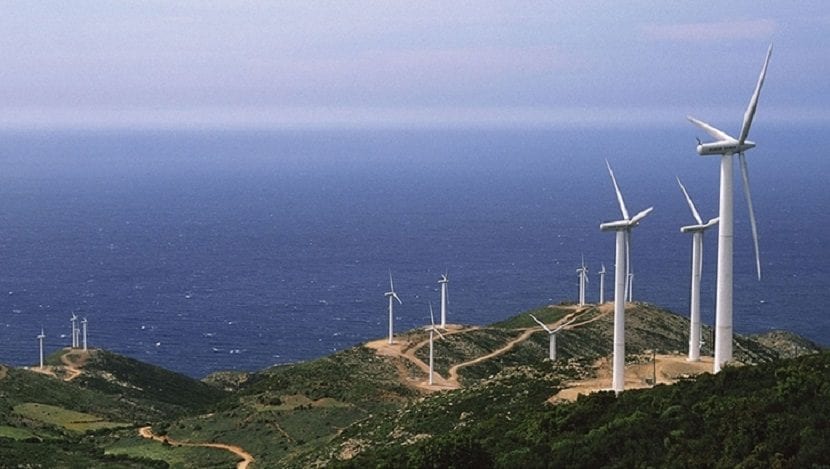
How was a small country with no known oil reserves able to lower the price of its electricity, reduce its dependence on oil, and be a leader in renewable energy?
In the last 10 years, Uruguay has achieved something that seemed impossible, becoming the country with the highest proportion of electricity generated from wind energy in Latin America and one of the main in relative terms worldwide.
Thanks to this, the country has reduced its vulnerability to climate change and the growing droughts that affect hydroelectric dams.
With cheap oil comes the end of renewables?

Today, more than 30% of the electricity of the South American country is generated from the wind. In Brazil, for example, the percentage is just over 6%. In addition, Uruguay expects another important increase in the coming months.
According to Olga Otegui, the head of the National Energy Directorate of the Uruguayan Ministry of Industry, Energy and Mining: "We expect that this year the supply of electricity from wind power will be more than 35%"
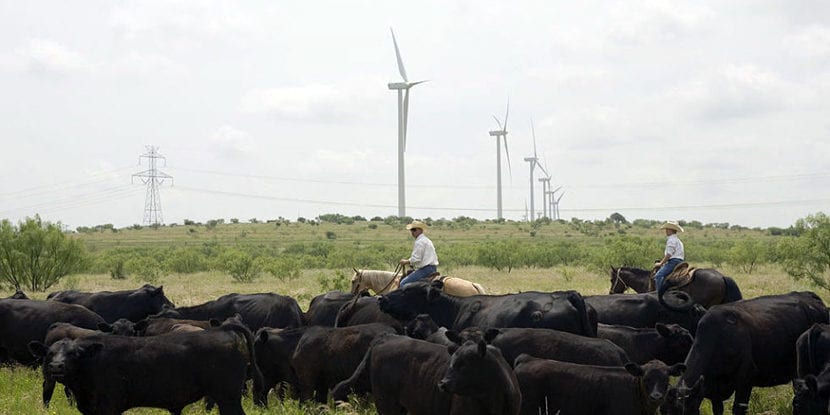
For 2017, the country aspires to 38% of electricity generated from the wind, which would be placed close to the world leader Denmark, with 42%, according to data from the Global Wind Energy Council, Global Wind Energy Council, GWEC for its acronym in English.
Internationally, the other countries with further implantation they are Portugal, with 23%, Spain, 19%, and Germany, 15%.
The progress of the wind market in Uruguay is very important, according to Tabaré Arroyo, adviser in renewable energies at the World Wide Fund for Nature: «In 2005 there was no wind energy in Uruguay. By 2015 there was already an installed capacity of more than 580 MW and by 2020 it is believed that there will be an installed capacity of more than 2.000 MW, ”Arroyo told BBC Mundo.
Favorable conditions for wind energy
How did Uruguay manage to radically diversify its energy matrix? The country has excellent conditions for wind energy, so favorable that they surprised even the technicians themselves.
"U.S. too It surprised us because we are a country whose relief is a semi-plain, a very flat country. And when the measures were started in 2005, we thought that only some places could have a good disposition for these wind farms. On the other hand, the measurements allowed us to see that we have a stability of good wind measurements throughout the year, ”said Otegui.
Wind speed is variable, so a wind turbine it works mostly below the nominal power for which it was designed.
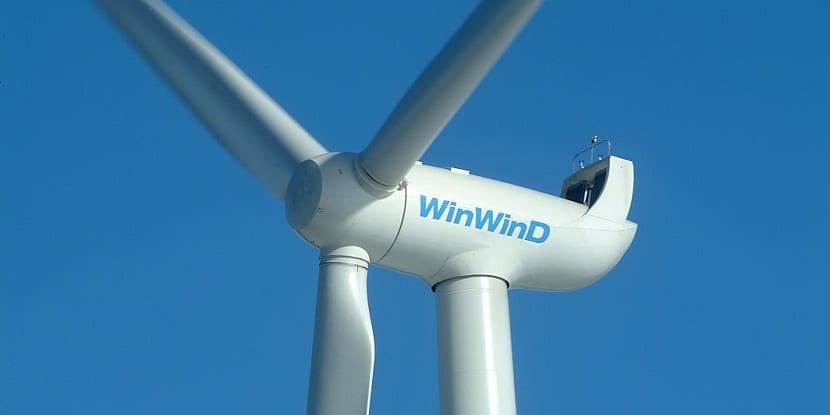
Therefore, the main indicator of the efficiency of a wind farm is the capacity factor, the relationship between the energy that is effectively generates in a period, and that which would have occurred if it had been running non-stop at nominal power.
«Without going into too many technical details, it is proven that the 50 MW wind farms in Uruguay reach capacity factors of between 40% and 50% for power models. wind turbines such as V80, G97, V112 and others ». In contrast, wind farms in the US, for example, operated in 2014 at a capacity of 34% in 2014, according to data from the US Department of Energy.
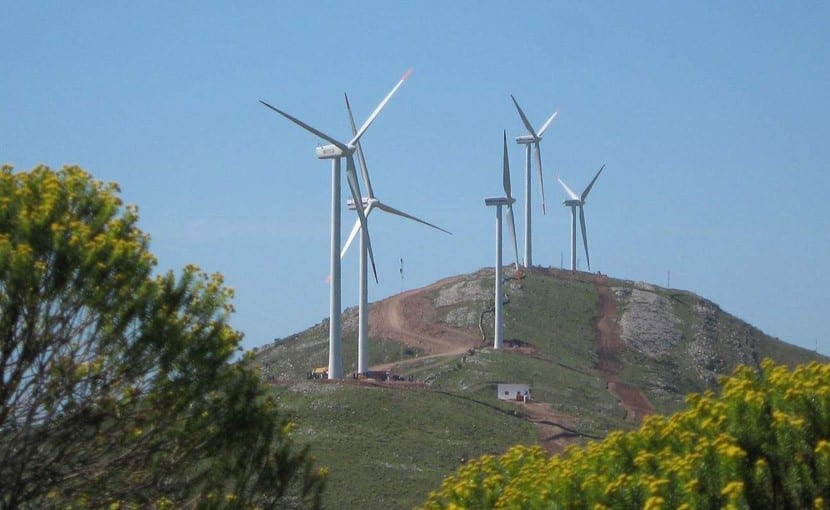
Plan for 25 years
Beyond the favorable conditions, a crucial factor was the 25-year energy policy planning. The 2005-2030 energy plan was also approved, as a State policy, by all the parties politicians with parliamentary representation, something that is not common, there are always interests involved.
The 25-year energy planning provided a stable framework for investors and attracted international private companies.
According to Otegui, “No subsidies were offered”, but bids with “transparency and security for the investor”.
«They are guaranteed the price they offered and that price is adjusted by a parameter that was also agreed. They know perfectly from the moment that the guidelines are presented and how that price will be adjusted and they are ccontracts that can be up to 20 years«.
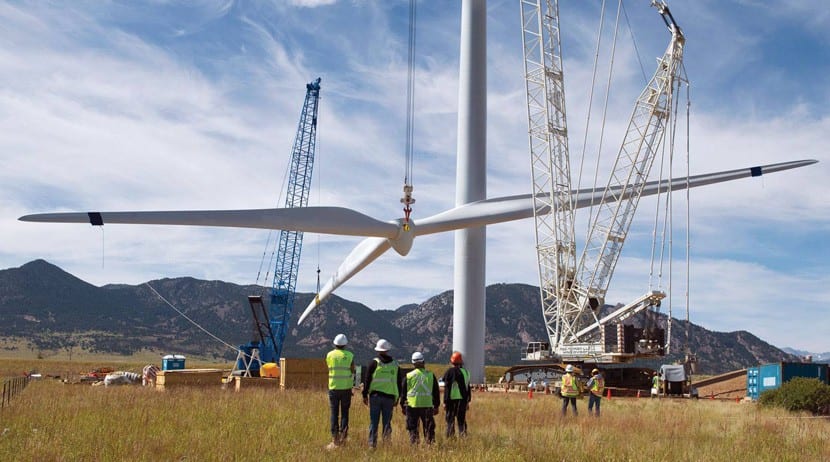
Climate change and droughts
Energy diversification has allowed Uruguay to satisfy more than 90% of its electricity from renewable energy, including wind, hydroelectric, biomass and solar energy.
Uruguay has achieved one of the goals that was present from the beginning: increase the country's weapons in the face of climate change.

Uruguayans feared droughts, according to various officials: “We were convinced that we had to lower this climate vulnerability (…). When there was major droughtsWe had a very large import of oil for thermal generation, all of this was totally attenuated with the incorporation of renewables ».
Wind energy can now complement hydroelectric.
“Uruguay has an installed hydroelectric power of the order of 1500 MW, whose use is regulated according to the available wind resource, allowing the storage of hydroelectric power and use it more efficiently, ”Mullin explained.
Otegui, for his part, said that with the incorporation of renewables, Uruguay obtains "sovereignty and independence from imports of electricity." "We have already come two consecutive years in which we have not had to import electrical energy."
“As a consequence of climate change, rainfall patterns will change and dry seasons will become longer, more frequent and more intense. Hence, relying on hydro energy is certainly a bet on the energy insecurity«. Uruguay, wisely, bet wisely on renewables

